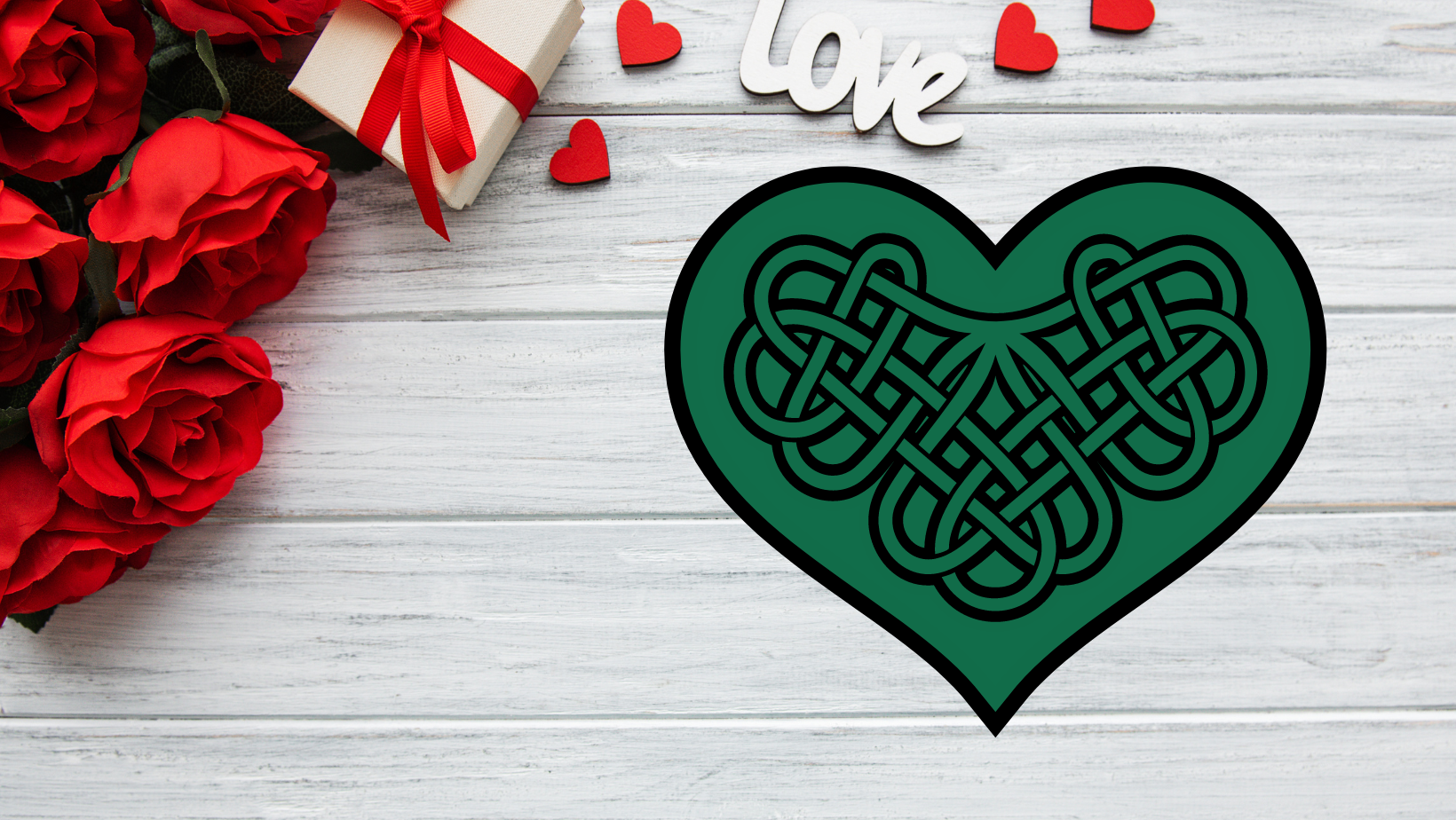Ireland is the home of love, romance and tradition. It may come as a surprise that it is also home to Saint Valentine too! Here our our ten things you didn’t know about Ireland, love and Saint Valentine!
- In the Whitefriar Street Church in Dublin, lie the relics of St. Valentine encased within a shrine. They were gifted to Ireland after an Irish Carmelite priest, was recognised by the Pope for his dedication, in 1835.
- In the Whitefriar Street Church, each year engaged couples are invited to have their rings blessed at a special ceremony. This is in honour of St. Valentine, martyred for secretly performing Christian weddings against the orders of Emperor Claudius II.
- Valentine Greatrakes was an Irish faith healer, christened after his namesake, having been born on 14 February 1628 in County Waterford. He claimed to cure all by the laying on of hands and toured England throughout 1666. Despite failing to cure nobility or indeed, anyone, his reputation remained intact. He returned to Ireland and lived out his life as a reclusive farmer.
- The first Irish Valentine’s Day took place in the seventeenth century when a group of young men and young women exchanged gifts at a gathering.
- The Celtic Love Knot includes two entwined hearts representing eternal love and connection and dates back to the seventh century.
- One of Ireland’s popular composers from the nineteenth century goes by the name of Samuel Lover! He born on Grafton Street in Dublin and schooled in the building that now houses Bewley’s Café. His memorial is in St. Patrick’s Cathedral. His most famous line is ‘Come live in my heart and pay no rent.’
- The Claddagh ring is more than just a symbol of love, loyalty and friendship. Worn with the point of the heart towards the wearer, they have already found love. Worn with the point of the heart outwards, they are looking for their Valentine! The ring itself is named after the fishing village on the edge of the city of Galway.
- The tradition of women proposing to men on 29 February began in Ireland in the fifth century. Apparently St. Brigid of Kildare mentioned to St. Patrick that it was unfair women had to wait for proposals. St. Patrick seemingly made a decree that women could propose on the extra day in a Leap Year! This tradition is called Ladies’ Privilege.
- Until the 1920s in Teltown, County Meath, if a man and a woman walked towards one another on Saint Bridget’s Day, they could pronounce themselves legally wed.
- Ireland has had many great love stories, but they all started with Diarmuid and Gráinne! He was a warrior of Fionn mac Cumhaill (Finn McCool) and she the daughter of the High King of Ireland – a legendary beauty. Fionn wanted the woman for himself, but she had fallen for Diarmuid. Unswayed, the warrior maintained his loyalty to his leader. Undeterred, Gráinne bewitched him and the two ran across Ireland, hiding in caves as Fionn pursued them. Protecting the heavily pregnant Gráinne, Fionn, was fatally wounded by a wild boar. He died in the shadow of Benbulben Mountain in County Sligo. They are forever immortalised with the naming of Diarmuid and Gráinne’s cave, some 1310 feet high above the spectacular Gleniff Horseshoe Loop.
Lá Fhéile Vailintín sona duit!
Why not explore more of Ireland’s affinity with St. Valentine and love with one of our Irish Romance or Honeymoon tours?
Click here to view our most romantic tours!



